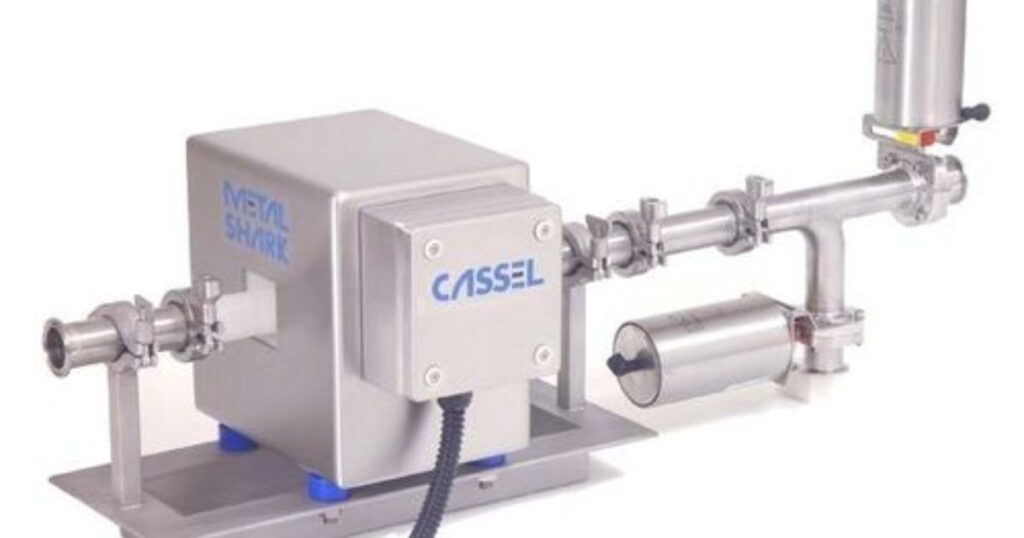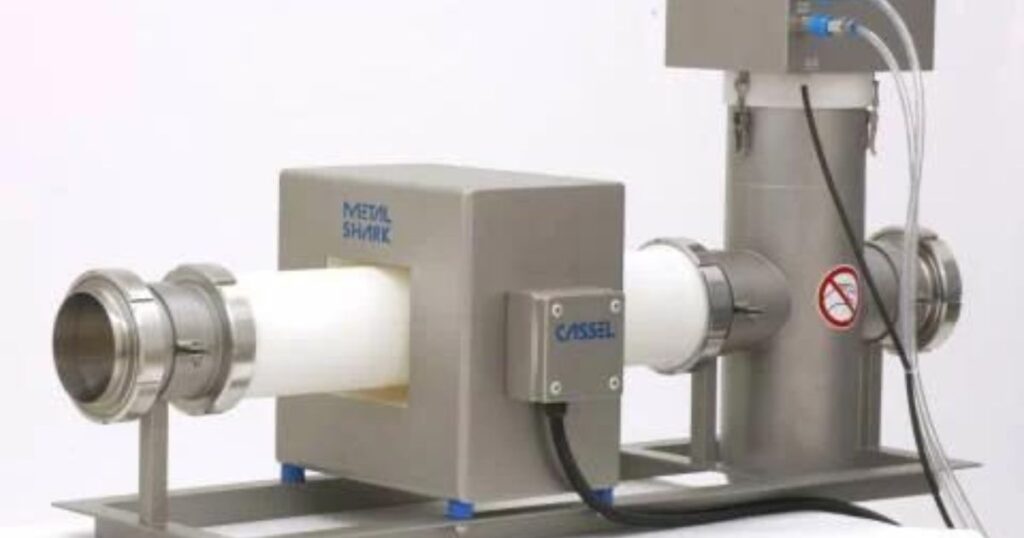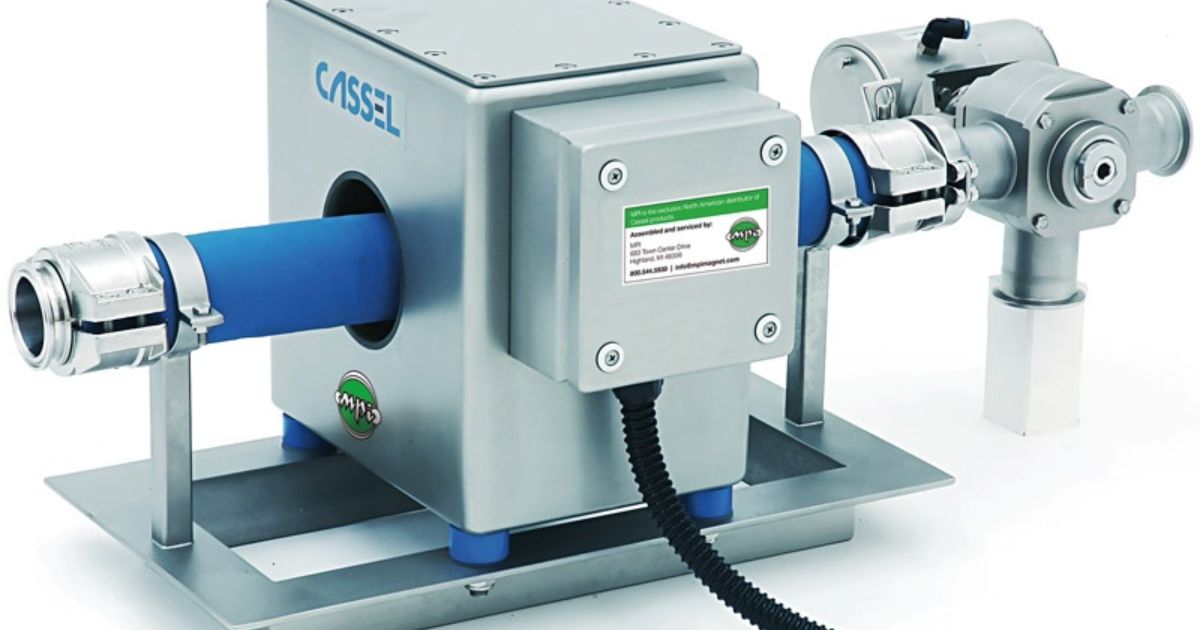Metal detectors cannot directly detect liquids as their primary function is to identify metallic objects. These devices operate based on the principles of electromagnetism, responding to the presence of metals with conductive properties. Liquids, being non-metallic, typically do not trigger metal detectors. However, the interaction can be influenced by factors like container material or the conductivity of the liquid. In most cases, metal detectors are not designed specifically to identify or react to liquid substances.
In some limited cases, metal detectors may identify metal containers or bottles full of liquid. But this is due to the presence of the container material passing through the field, not the liquid inside. Plastic and non-metallic vessels pose no detection risk, as the liquid alone cannot set off the sensor. In this article “Can Metal Detectors Detect Liquid” We will discuss this further!
Can Metal Detectors Detect Liquid Substances in Water?
Metal detectors are designed to detect metal objects, not liquids. While metal detectors use electromagnetic fields to identify metal ions that may be present in water, they generally cannot reliably detect pure liquid substances like water. The metal ions in tap water are typically not concentrated enough to trigger a sensor. It would take an abnormally high amount of a metal like mercury dissolved in water for a metal detector to have a chance of identifying it.
Metal detectors work by sensing changes in the electromagnetic field caused by nearby metal objects. Liquids alone do not disrupt electromagnetic fields significantly enough to set off the sensors. It is possible in some cases for a metal detector to identify metal containers or bottles full of liquid, as the container material would be detected rather than the liquid itself.
Can Metal Detectors Identify Plastic Bottles?

Standard consumer metal detectors are unable to detect plastic bottles or containers as plastic does not contain metal. Plastic is made from polymers that do not interact with electromagnetic fields in a way that triggers metal detectors. At airport security checkpoints, bottled liquids and gels are screened for explosives through other detection methods rather than by using a basic walk-through metal detector.
In some specialized cases, advanced technology metal detectors have been developed that can identify non-metal items like ceramics or plastics through anomaly detection. However, consumer metal finders aimed at hobbyists would not have this level of detection capabilities and are only able to identify nearby metal objects. Plastic bottles themselves remain undetectable by consumer metal detectors.
Do Metal Detectors Detect Aluminum Objects?
Aluminum is a lightweight metal that is difficult for basic consumer metal detectors to identify, but it is possible in some cases. Metals are detected based on their ability to disturb the electromagnetic field generated by the metal detector. Aluminum is not strongly magnetic so it has a weaker interaction than more ferrous metals like iron. Thick, dense aluminum objects are most likely to be identified.
Thin aluminum foil or siding is unlikely to trigger a basic consumer metal detector. The metal needs to be concentrated enough in one area to register on the sensor. Large aluminum cans, pipes, or ingots pose a higher chance of detection. Newer, higher-end metal detectors may have enhanced sensitivity adjusting to better identify non-ferrous metals like aluminum if they are of substantial size and density.
Do Flasks Trigger Metal Detectors?
Metal flasks containing alcoholic beverages pose an alcohol detection risk at security checkpoints as the metal container will set off a walk-through metal detector. Most metal flasks are made of aluminum or stainless steel. Both of these metal types are detectable to basic consumer-level and institutional metal detectors.
The metal in the flask itself is enough to interact with the electromagnetic field and be identified. It is the metal container rather than the liquid contents that triggers the sensor. An empty flask has the same chance of triggering the detector as one filled with liquid. The size and density of the metal flask plays a role similar to other metal objects – a bulky full-sized flask is more likely to register than a small slender flask.
What Amount of Metal Activates Metal Detectors?

The threshold of metal needed to trigger a response depends on the sensitivity of the particular metal detector. However, as a general guideline, consumer-grade detectors can identify metal objects as small as a few inches and just a few grams in weight. For example, common pull-tab drinks can containing around 1 gram of aluminum may activate some walk-through style units.
On the other end of the spectrum, very light or thinly dispersed metals may not cause a reaction. An individually small metal object like a coin could go unnoticed if isolated, whereas bulkier or multiple adjacent objects improve chances of triggering an alarm. The shape, size, and metal composition (levels of iron versus other metals) also factor in. Overall, even small amounts down to just a few grams can set off basic walk-through airport and security screening metal detectors.
Will Vaping Devices Set Off Metal Detectors?
It’s possible for vaping devices or e-cigarettes to trigger walk-through metal detectors depending on their metal components. Many vape batteries contain metal casings and wiring that can cause a response from security screening detectors. Rechargeable lithium-ion batteries are typically enclosed in metal shells, and these internal components are what may register on a sensor.
However, plastic e-cigarette or vape tubes without accessible metal internals are much less likely to set off basic metal detectors. Airport security may still request devices be removed from carry-ons for additional screening by other detection methods rather than solely relying on metal detection. The specific device model and its metal percentage would determine its chances of triggering versus bypassing a standard walk-through unit. In general, vaping equipment may cause alerts but not always.
Can Metal Detectors Identify Vapes?
As with other electronic devices like laptops or phones, a vaping device’s likelihood of triggering a metal detector depends on its metal components that can disturb the electromagnetic field. Rechargeable device batteries often contain detectable nickel, chromium, cadmium, or lithium. Batteries fully encased in plastic rather than metal are less likely to register.
Other parts such as heating coils, circuit boards or battery contacts made with recoverable amounts of copper, zinc or other metals may also interact with the sensor. Bulky or multi-component vapes pose a greater risk than simple plastic-bodied models. However, not all devices will necessarily activate basic walk-through units depending on their specific material makeup and concentration of recoverable metals. More advanced detectors could augment detection capabilities. But in general terms, vapes with internal or accessible batteries have a higher chance of identification than those without.
Liquids Are Unlikely to Alert Metal Detectors
Metal detectors are designed to detect metal objects rather than liquids alone. While they rely on changes metal items cause to electromagnetic fields, pure liquid substances do not significantly disrupt these fields in most cases. Even liquids containing very small amounts of dissolved metal ions are typically at concentrations too low to register on basic consumer or security screening detectors. It’s important to note that Metal Detectors Detect Liquid only to a limited extent, as their primary function is to identify metallic objects. Advanced technology and specialized equipment may be required for detecting liquids containing metal components in certain scenarios.
It would require an exceptionally high level of dissolved metal in a liquid, like significant quantities of mercury, for there to potentially be enough interaction to trigger an alarm. Bulk containers like bottles may be detected if made of metal, but the liquids inside are very unlikely to alert a standard walk-through unit on their own. Non-metal bottles or containers holding liquids pose no detection risk when passing through metal scanning technology.
What about Airport Metal Detectors?
Security checkpoints at airports use walk-through metal detector arches similar to those found in other public venues like government buildings and stadiums. These work on the same principles as consumer metal detectors to identify nearby ferrous metal objects using electromagnetic fields.
The detectors used in major airports generally have highly sensitive sensors tuned to identify even small metal items that could potentially be used as weapons, like nails or coins. However, they still may not detect objects with only minimal metal composition or that are very thinly spread. Very small amounts of liquids or limited metal alloys also pose a low risk of triggering these screening devices. Nonetheless, security may request further inspection of all carry-on items passing through the arches.
Tips For Using Metal Detectors to Find Mercury
When attempting to locate spilled mercury using a basic consumer metal detector, it is important to sweep the coil back and forth slowly and precisely over suspect areas to allow time for any interaction with the electromagnetic field to be registered. Searching systematically in parallel lines aids coverage.
Research
It is recommended to research the specific type of metal detector in use and understand its optimal search techniques based on manufacturers’ guidelines and independent reviews.
Type of Metal Detector
Portable, hand-held units tend to work best for finding small mercury drops rather than larger walk-through style detectors more suited to general-purpose metal detection.
FAQ’s
Do metal detectors go off for liquid?
No, standard metal detectors are not designed to detect liquids.
What can metal detectors not detect?
Metal detectors cannot detect non-metallic substances like plastic, glass, or liquids.
Can metal detectors detect alcohol?
Generally, metal detectors do not specifically detect alcohol. They are designed for metallic objects.
Can metal detectors detect in water?
Yes, metal detectors can detect metallic objects in water, but their effectiveness may be limited depending on factors like water depth and mineral content.
Can you detect gold in water?
Yes, metal detectors are capable of detecting gold in water, making them useful for prospecting in aquatic environments. However, specific models may vary in sensitivity and performance.
Conclusion
In conclusion, the ability of metal detectors to detect liquids is influenced by various factors. Liquids with high electrical conductivity are more likely to be detected, while non-conductive liquids may go undetected. The material and thickness of the container holding the liquid can also affect detection accuracy. Despite their limitations, metal detectors continue to play a crucial role in security settings, such as airports, where they serve as an initial screening tool. However, to enhance liquid detection capabilities, advancements in technology and the integration of complementary techniques, such as X-ray scanners, are necessary. Overall, a combination of detection methods is often required to ensure effective and accurate liquid identification. Learn more Metal Detector information “Can You Use A Metal Detector To Find Gold“











